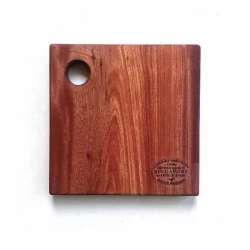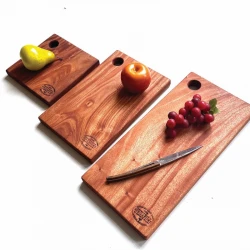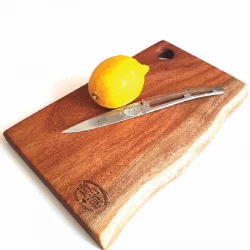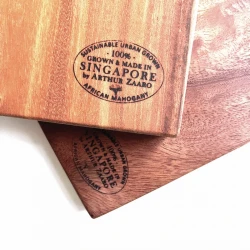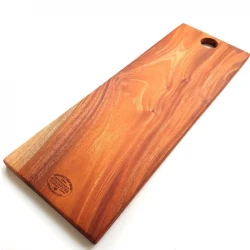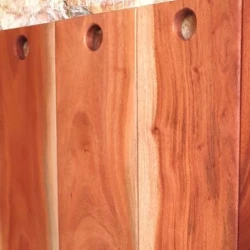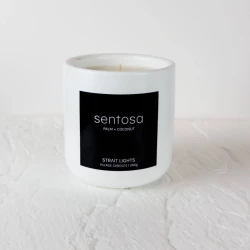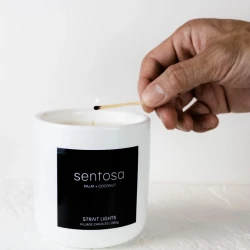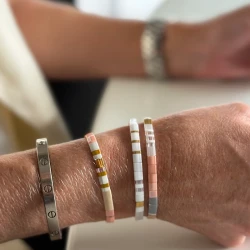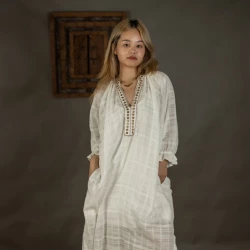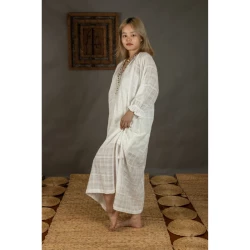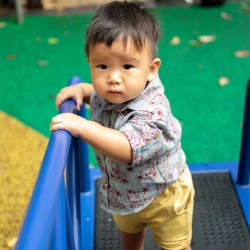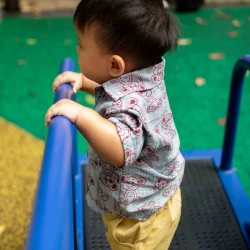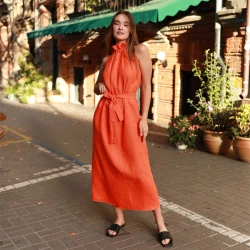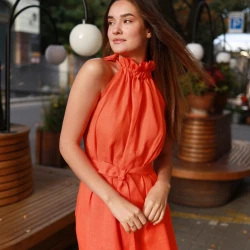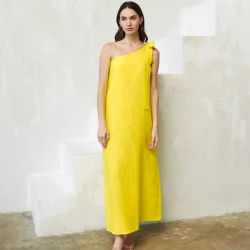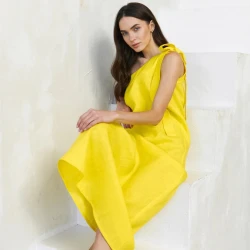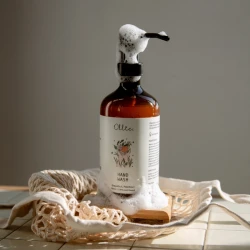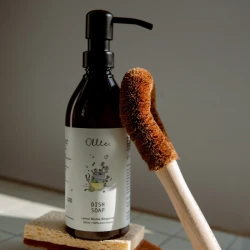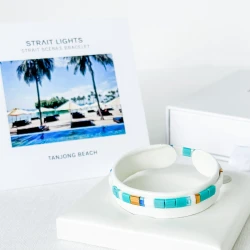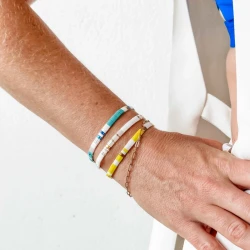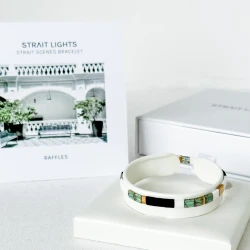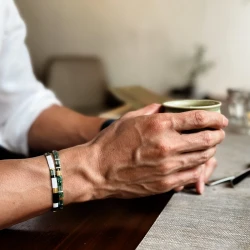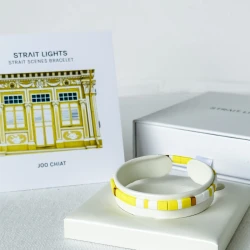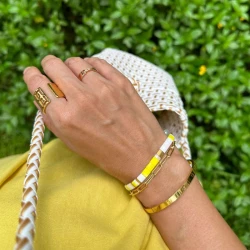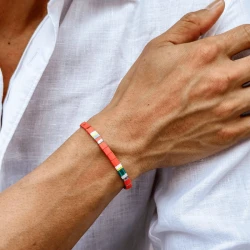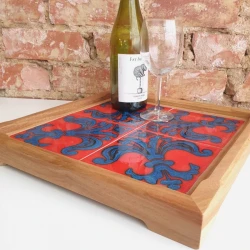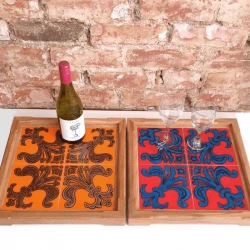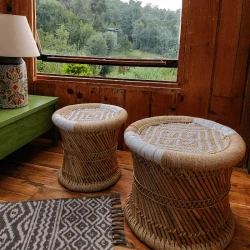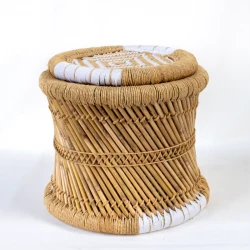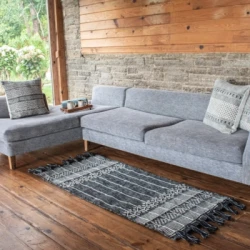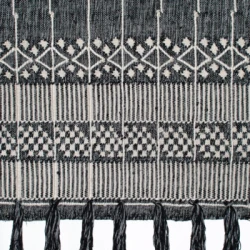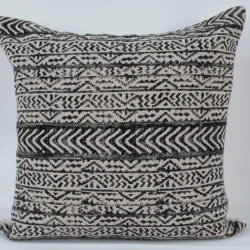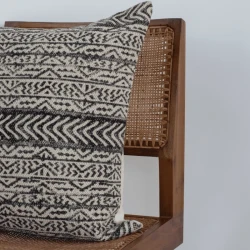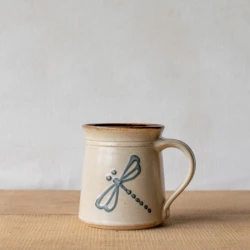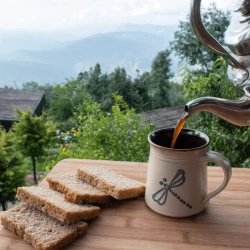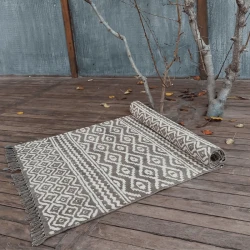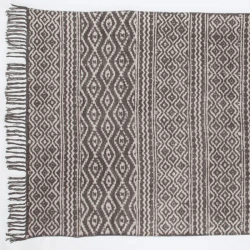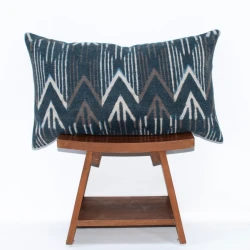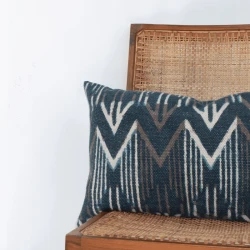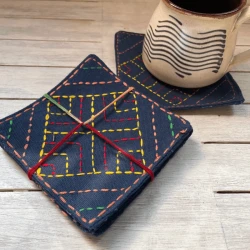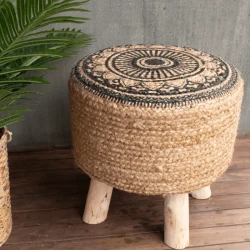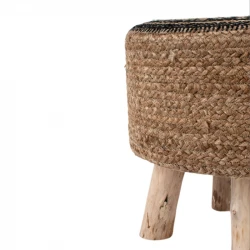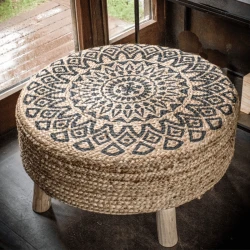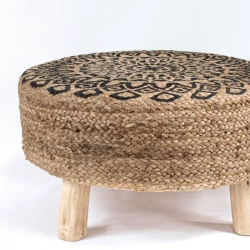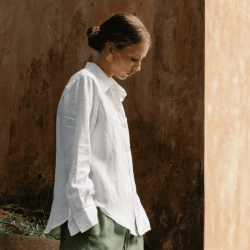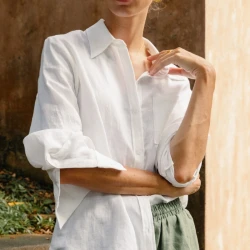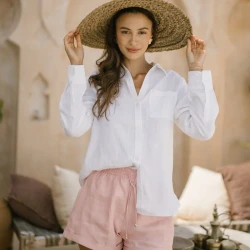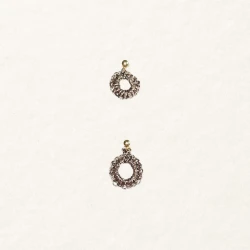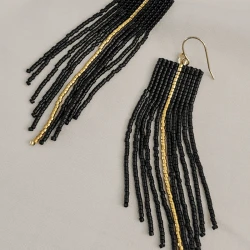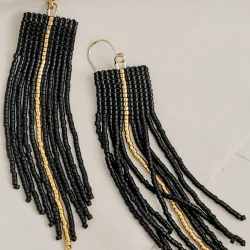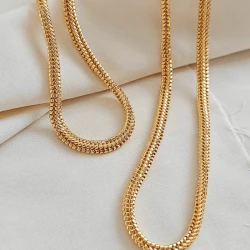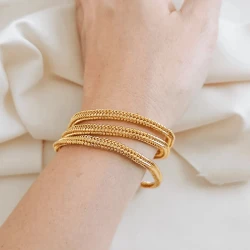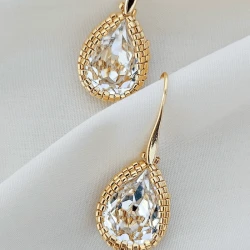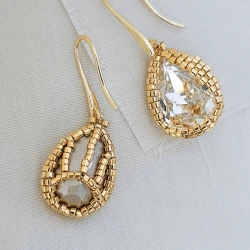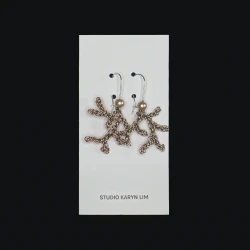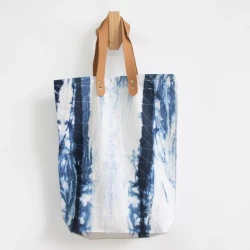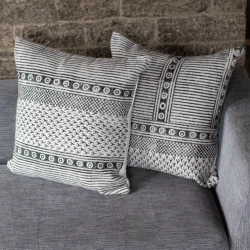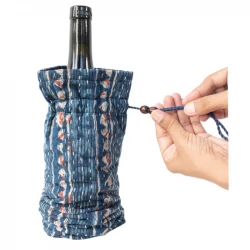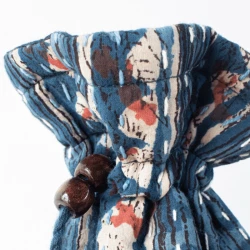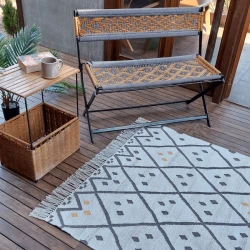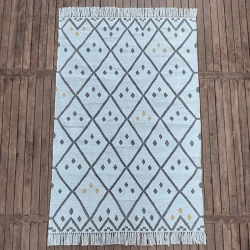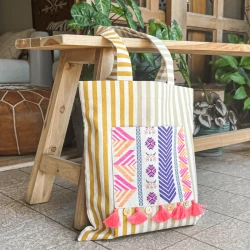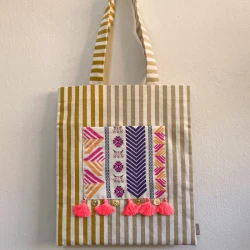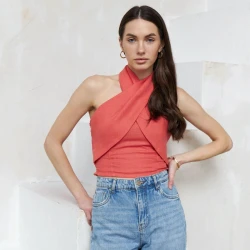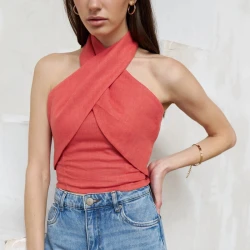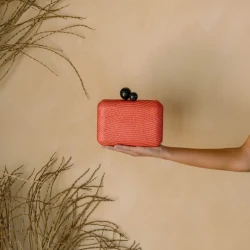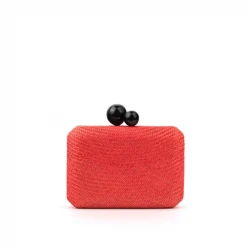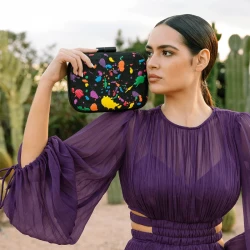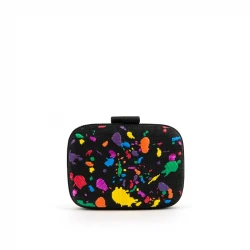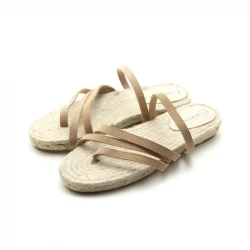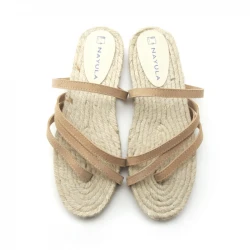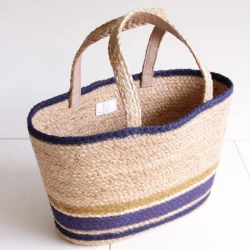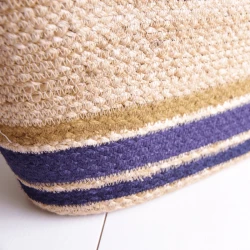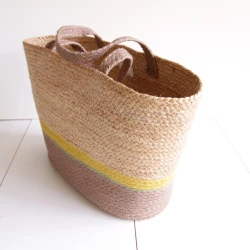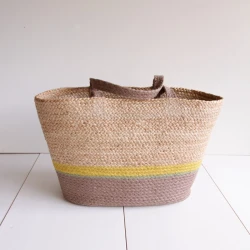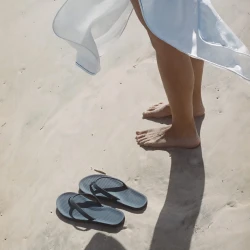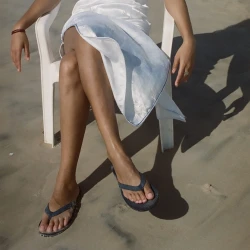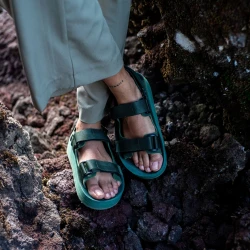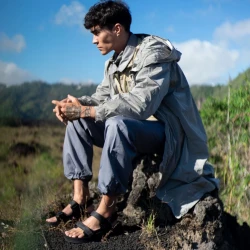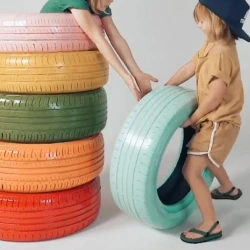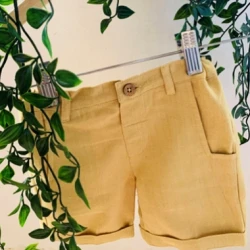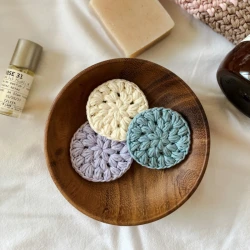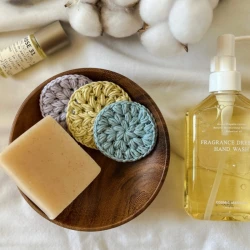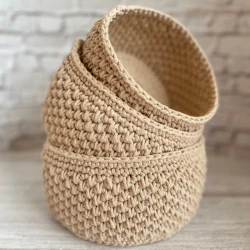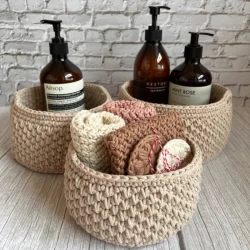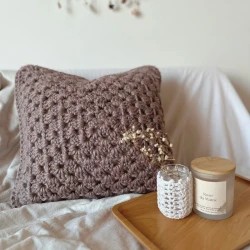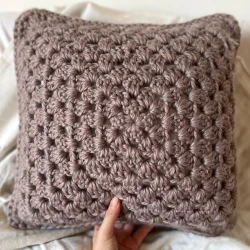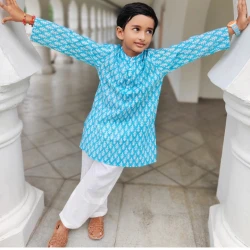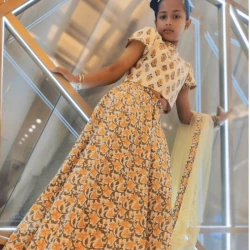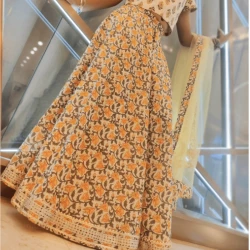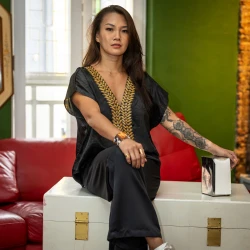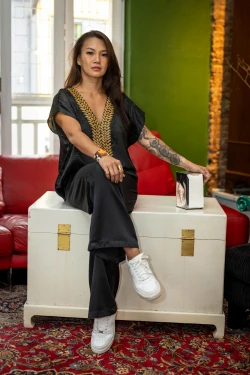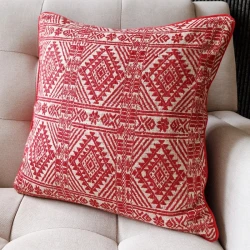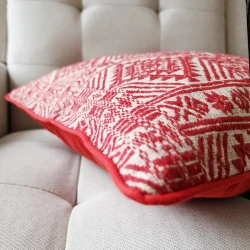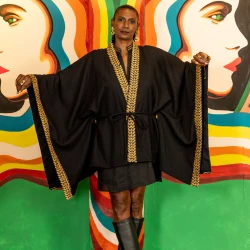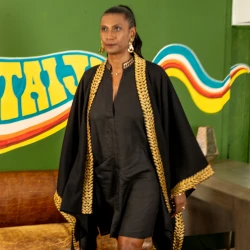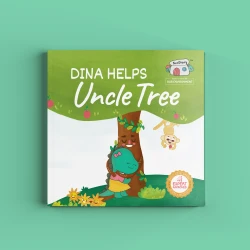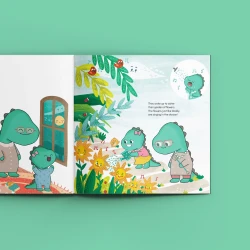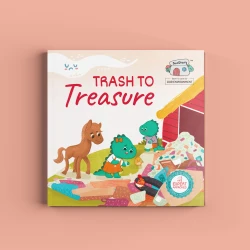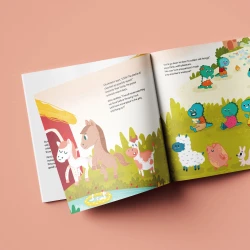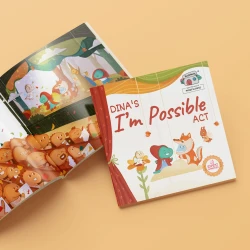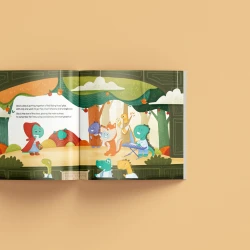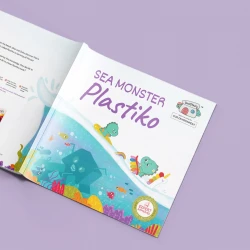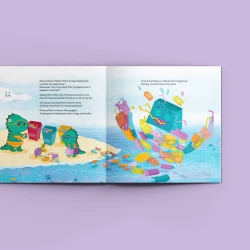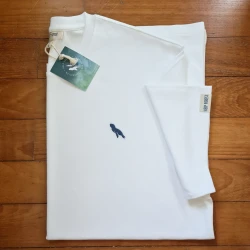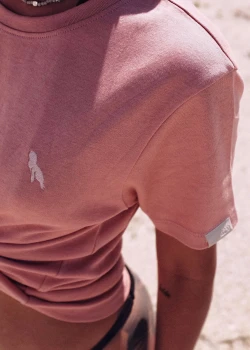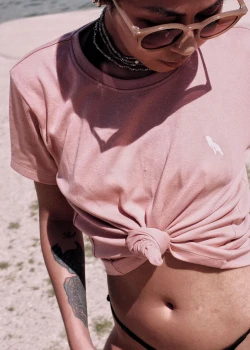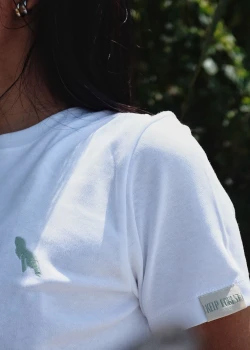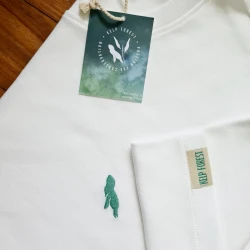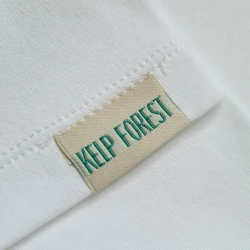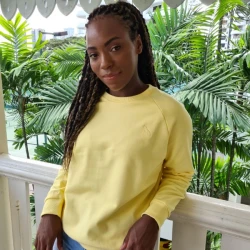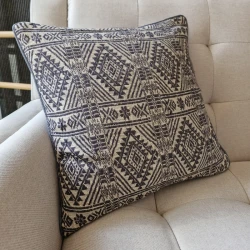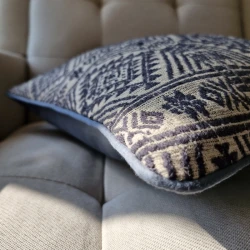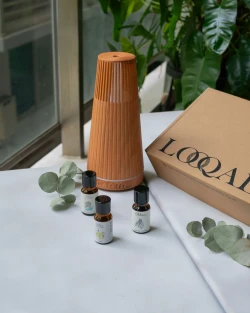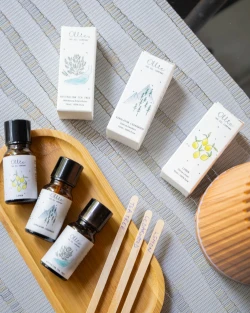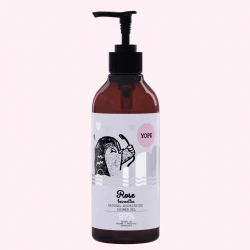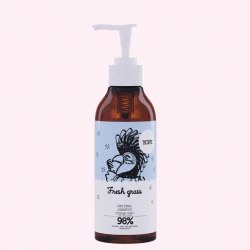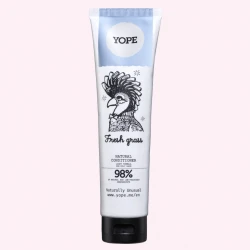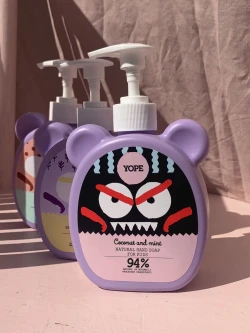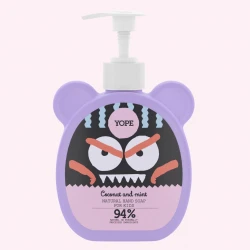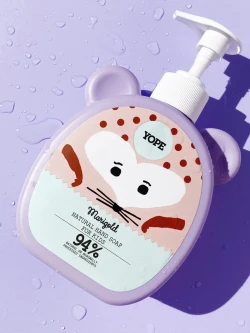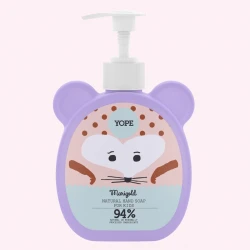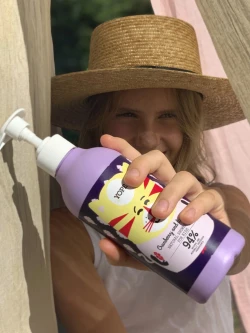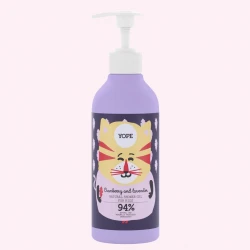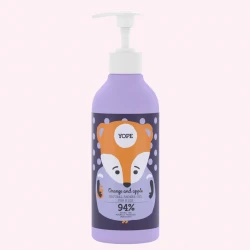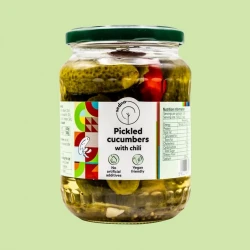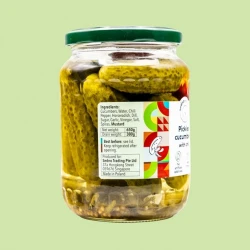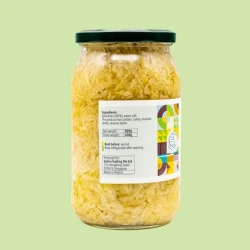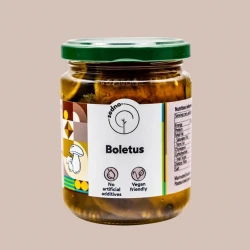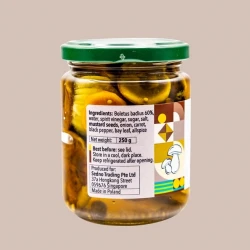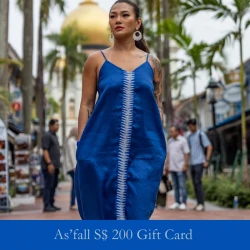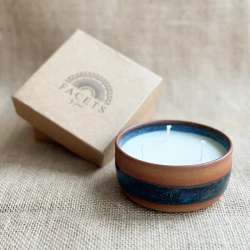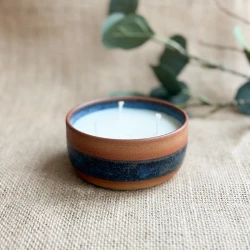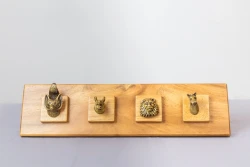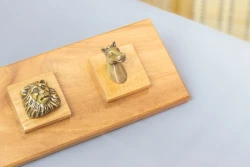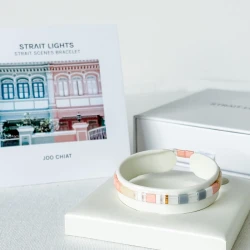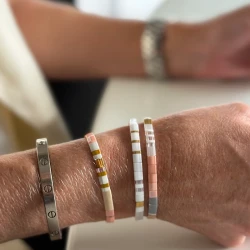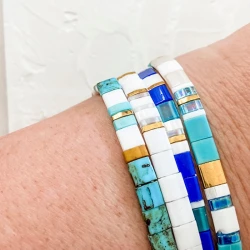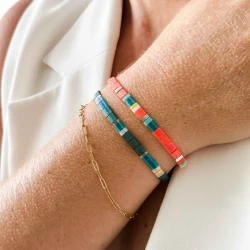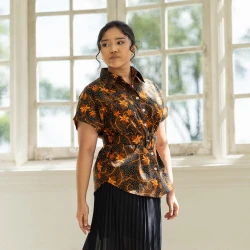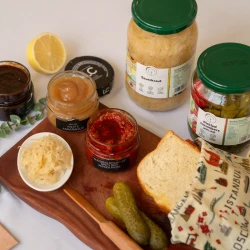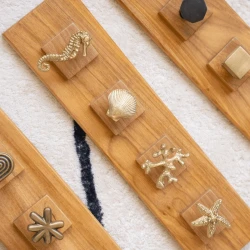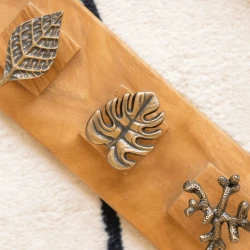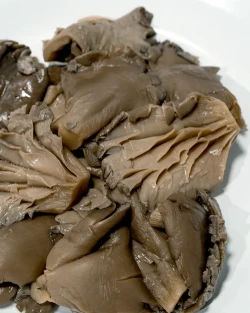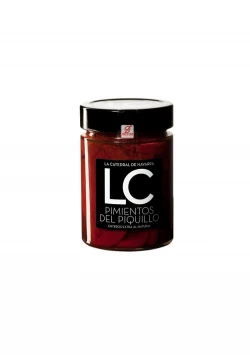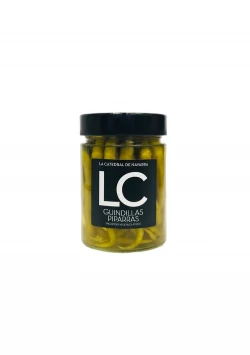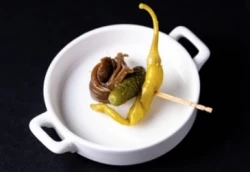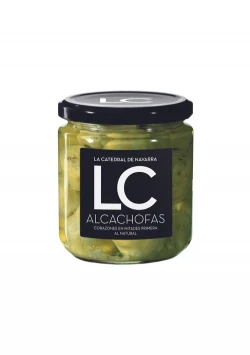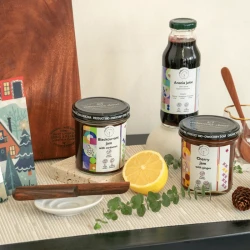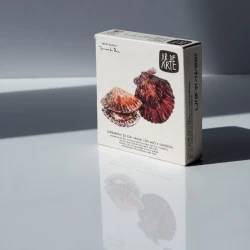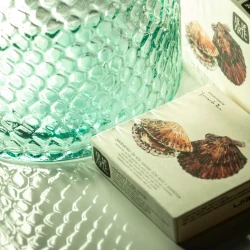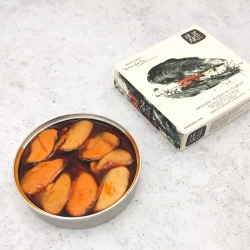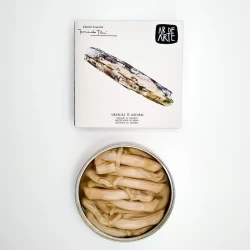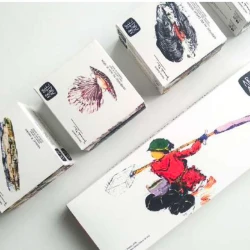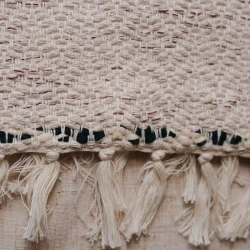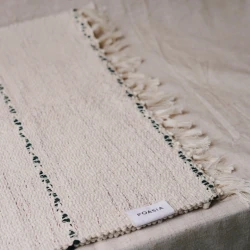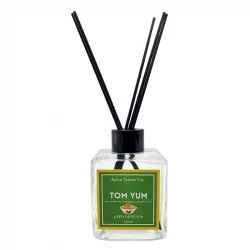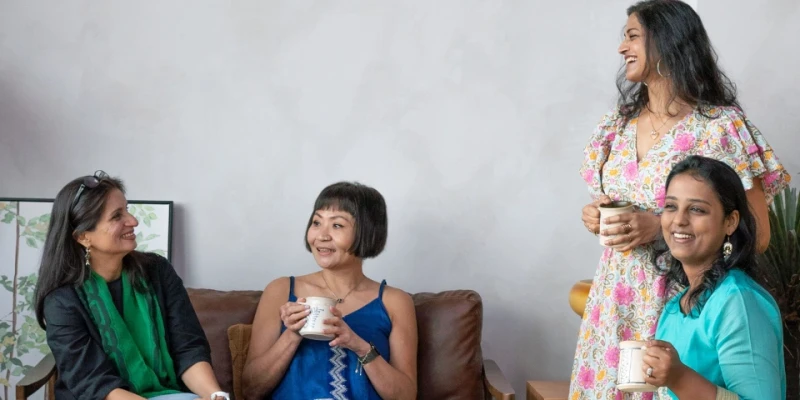Founder Talks: Deepavali Special
Oct 30, 2023
Deepavali (or Diwali), is one of the most awaited and celebrated festivals in the Indian culture. Also known as the ‘Festival of Lights’, it is known to be a celebration that marks the triumph of good over evil. Deepavali is also a season of reuniting with your families and loved ones over delicious food whilst donning the best traditional or contemporary wear.
At LOOQAL, we recognise the impact of the Indian culture on some of our brand partner’s inspiration, artisanal techniques, and even their way of life. Deepavali is one of the events that hold a special place in their hearts and so, there’s no better time to get to know them and their stories than during Deepavali.
Meet the women entrepreneurs championing Indian culture through fashion, retail, and lifestyle.
Watch the full video on YouTube
Joyce Teh: Thank you for being here bright and early today, this morning. Diwali is around the corner, so we thought it would be great to get you ladies together and, you know, bring the spotlight to some of the amazing Indian culture-inspired brands that we have on LOOQAL. Around the table, I'm the one person who's not of Indian origin but I totally love, individually, what each of your brand brings to the consumer. Perhaps we can start with a round of introductions. So maybe we start with Vibhuti who is the founder of KAAJ-Vibhuti. So you can tell us a little bit more about your brand and your products.
Vibhuti Gupta: Thank you Joyce for inviting us and giving us this opportunity to introduce ourselves with LOOQAL. So I'm the founder and creative director of KAAJ-Vibhuti Gupta. I make beautiful, unique and sustainable kids’ wear and women's wear. I [am] using a lot of artisanal work and getting the roots of India, bringing it on my garments and depicting it through my unique designs. At the same time, with the vision to teach the coming generation, the kids, also about slow fashion and sustainability.
Vibhuti in Floral Fusion holding The Teal Elegance from KAAJ-Vibhuti.
JT: Then maybe we come to Rashmi who is the co-founder of Oak Tree Living.
Rashmi Lohani: I’m Rashmi. I’m the co-founder, like Joyce said, for Oak Tree Living which is an artisanal brand, again, from India. We work directly with the artisans in India. Basically working with them on each design, using all Indian techniques and craftsmanship. So the brand celebrates craftsmanship and really appreciates everything that India has to offer. So all four corners of India have all kinds of different arts, which we try and include in our products and make them contemporary so they can be used by this generation. It’s working with artisans; everything is handcrafted, everything is handmade. That’s the idea behind the brand.
From L to R: Blue Dragon Fly Mug, Tree of Life Mug, Zig-Zag Mug, Fern Mug, Off White Mustard Cotton Tote Bag, and Lehar Cotton Throw from Oak Tree Living.
JT: I like the fact that you said making the product’s design relevant today because I think that's how you keep the culture and heritage alive, right? And I love the fact that some of the products that you curate you know, they actually marry not just traditional techniques but also with modern technology, you know where you actually have some products using recycled plastic. I think that’s amazing. I mean, how more modern can you get than that, right?
RL: So that’s our key thing. We really want to develop a range where we can bring in more recycled plastic PET-made products. So that's the direction we want to move towards.
JT: So next, we have Aditi who’s the founder of Aavik Organic. So maybe you’d like to tell us a little bit more about Aavik.
Aditi Singla: Thank you Joyce firstly, to, you know, get us all here. It’s a great opportunity and yes, we all are Indian and you are not but you are as Indian as it can get—having this conversation with us. We feel quite home with you and your family. For me, personally, the journey started when I became a mom. And you know, I struggled to find natural clothes for my children. Any time I would go to the market, everything was polyester-based and everything mixed. It was so hard to find natural, pure soft cotton and something which is more, you know, you feel safe putting it on your child. That’s when, you know, Aavik Organic came into being.
It’s 100% organic cotton, fully handcrafted product[s] that we have. It starts with—of course, you grow the cotton, and then you spin it on a spinning yarn so then on the hand loom, the fabric is made. And once the fabric is created, then it’s dyed using natural colours. So, what we use is only natural dyes using flowers, plant extracts, fruits, and vegetables. It is really nice. I mean, if you spend time looking at the process, it’s so satisfying and so nice to, you know, just relate to it how everything is done by hand. Finally, once the dyeing [from] the colours come onto the fabric we use this age-old Indian art form of hand block printing. Culturally and traditionally, India has been into hand weaving and hand spinning. I feel happy that, you know, I'm able to contribute something to bring this art back and also contribute to getting the artisans and the workers some sort of livelihood.
From L to R: Hopping Rabbits Boys Shirt, Girls Shirt Dress in Lemon, Alert Zebra Boys Shirt, and Alert Zebra Girls Dress from Aavik Organic.
JT: You made quite a few very valid points, which is looking at the entire circularity of—as a business owner, right? So not just producing designs and products that are beautiful, that are of quality but prior to that, you know, who are we contributing towards: the livelihood of artisans. Also contributing to the conservation of heritage, culture. I think all three of you ladies are actually doing it, which I have to say ‘kudos’ to this. We started off by saying that I really should visit India.
AS: Yes, we’ll take you!
JT: Okay, thank you!
AS: We’ll plan something together. We’ll take you along.
VG: There's so much diversity in India. It's very diverse. It’s very difficult to define India in just a few words.
JT: You know while you're saying that, I'm just thinking a little bit of my introduction to Indian culture and even daily practices, right. Being Malaysian, I think we have a little bit more benefit of co-existing with other ethnicities. So I was always surrounded by non-Chinese [people]. So I had Malays, Indians, Punjabis for neighbours. Main ethnicities! And you would never find me at home.
JT: I would be—
AS: Always at their house.
JT: Yes!
JT: I would be in someone else’s home and in their kitchen, like looking at what they’re cooking because the smell, you know, the scent is like, just a bit too inviting. When it came around to the festivities like you know, Diwali, I would be their, you know, the plus one child. The one there first thing in the morning and that’s also how I got to appreciate, you know, the traditional costumes.
JT: What would you say is like, you know, some of your earliest childhood memories and all that which is very specifically very Indian about it?
AS: So Diwali is always very special and the closest to heart because you get to wear new clothes, your house is full of sweets, so I remember the house is full of sweets and dried fruits. So you would have almonds and pistachios. So as a child, I always remember just running to the table, picking one, going, eating. I think that’s a very special memory but we try to do that when festival comes and at our homes so that our kids get to enjoy that.
RL: It’s actually pretty much the same for me. My mom and I, we used to start cleaning the house and you know, doing all the preparations, like the Chinese also do almost a month before Diwali and that’s what I miss. I always decorate the house with marigold flowers. So for me, that’s Diwali. So my kids, every year, they’ll start asking me so when are we going to get flowers? Even the neighbours, they know it’s Diwali time. So we also lived in a community where there were houses and we would plan almost a month in advance what kind of lights. So every house had lights. So we would plan it as kids. Okay, my house needs to look the best. So whose house looks, you know, the best—how is it lit? And for a month, the house would be lit. We would have diyas and candles. It’s just those memories the festivals, the celebratory vibe.
VG: For me actually, it was a very different experience. I belong to a very small town in India. It’s 70 kilometres away from a metro city. It’s a very old house. Very, generations-old house made by my great-grandfather. So many families lived together there. Because it was not a city site, we used to enlighten the whole mansion with handmade diyas. So that is one of the beautiful memories I have. Over here in Singapore, every year, I make sure that I make rangoli in front of my house. I even participated in one of the rangoli competitions and even won the prize for that! So that was my first earning in Singapore!
JT: I can feel, you know, the memories, the appreciation of that culture that you are trying to inculcate within your families when you’re away from home as well. What has inspired you to weave the Indian culture so strongly into each of your businesses?
AS: In Aavik Organic, khadi itself which is handspun, handwoven fabric. Khadi has got a very historical and philosophical attachment, I think, to India. It was introduced by Mahatma Gandhi, the father of our nation. At the time of India’s freedom struggle, so it was introduced as a concept to say that India is self-reliant and [that] we make our own fabric and it was part of the freedom struggle. So everybody relates khadi to that. And I think it is, and all the workers especially the working class, and like I mentioned before, the artisans who are involved in this. They have been doing these works since generations. And this has been our cultural heritage, actually. It has been the roots. India has been into hand spinning and hand weaving. Aavik Organic is trying its best to get in those aspects. I feel happy and it’s very satisfying to me.
JT: I agree. You know, we started off the conversation by saying culture and heritage—they really need to be preserved and conserved. And how about you Rashmi? How about Oak Tree?
RL: So it’s quite similar to what Aditi said. So with Oak Tree Living, like I previously said, every part of different directions have a different cultures, different food, different languages. It’s the same with art. There’s different kinds of art forms. So, something as simple as embroidery. So, the idea is to modernise those and present them in a contemporary way so that the kids of today, this generation, can use them. And also understand that this is part of our heritage. How to move with times and keep it alive. So that’s what we’re trying to do with our products.
Tulip Delight Set from Kaaj-Vibhuti
VG: For me, everything done by hand actually holds a very special position. It does take time, but then it holds that value. Getting that into my fabrics, again using the hand block prints and I do use even the screen prints because that is also a technique which is done by hand. It also teaches patience and hard work. I try to inculcate the age-old technique with the contemporary designs.
JT: That to me is also how you, as a business, you have evolved. A business where it’s very steeped in culture, in heritage, and also the artisanship—age-old artisanship, into something that’s really relevant to this day. Aditi, coming back to you. Is it similar or do you see this craft, like evolving in a different manner?
AS: For all of us as business owners, we need to take the cultural heritage. We need to take the old traditions. But as we all have said that rightly match it with the modern times and the contemporary. So even at Aavik Organic, we have the kids clothing that we have. You can mix and match with the shorts, the shirt with the shorts or the collared dresses, which [are] knee-length dresses that girls like to wear now. So it's not the old traditional wear because traditional wear is more heavy and not as easy to be in. I have tried to modify it to, you know, something which is easy-going. You can go to the playground wearing that dress. If you go to a dinner and you wear it, it still looks nice. And I think Indian heritage is and the crafts are so unique and so stylish that if we modify a little bit, they look even more beautiful. They look so rich and royal that you just can't go wrong with it.
JT: Perhaps one last question: What do you feel is the best thing about the Indian culture or being Indian?
VG: Where I come from is a big, fat Indian family of more than 24 members living together in one household. But every person, can you believe it's like a small class running together. People of all ages living together and being patient and also learning about their own responsibility. So there's a lot of emotions going on on an everyday basis in Indian families. It is all about relationships, especially on the eve of Deepavali that all 24 together will sit together and eat together, forgetting all ups and downs. They will just forget it for this festive season. And they will sit together and eat and enjoy and celebrate and it's just like a new start of something new among us. And that is what is very, very beautiful because it teaches us so much to be resilient, to be patient and to appreciate the relationships.
Jute Stool (Large) from Oak Tree Living
JT: So is it the same for you?
RL: Yeah, It's the same. It's the warmth. It's also because India is so diverse, like we've talked about every direction having its own culture and cuisine and arts and this and that. So you were exposed to so much when you were growing up in India, different cultures, that you learn to respect and to be sensitive towards many different things. You know there's a mutual respect growing up, different cultures, different food, different languages and you learn to live in harmony with everything which is what I really appreciate. And the food. I love the food, the variety!
AS: I think taking on from Rashmi, what she said. Back in the school days, in our books, we were always in the political science subject. We were always taught ‘unity in diversity’. And I think we have sort of learned that as kids and sort of grown up with it, that yes, there are so many—24, 28 different states in India. And the moment you cross one border from a state to the other border, it is a huge difference. The people are different, the food is different, language is different. Everything is different. But yet we are united because we are all Indian. And that's the spirit you’ve grown up with. And I think it's always that spirit of accepting others. I think all that has made us much more ready to go out in the world and accept people of all colours, of all ages and different cultures. I think because of that, we all sitting here in Singapore, none of us belong to Singapore, but we all accept the diversity that Singapore brings. I think there is no comparison to any other country apart from Singapore which is so diverse and I think we are blessed to have that.
VG: That’s why actually, we are here in Singapore for so long. It's like our second home.
JT: It’s good that you feel at home and you find your own community. But also for us who are non-Indian, I think what we appreciate is also that sharing that you're including us in your experiences, in your celebrations. We thank you so much ladies, for sharing your lovely, lovely stories. As I said, that just encourages me to book my holiday to India—
AS: Yay, we are going to India! I think the next four-year plan is done because like Rashmi was saying about the four corners of India, we are going every year to one corner.
Browse their Diwali exclusive festive wear on LOOQAL!

